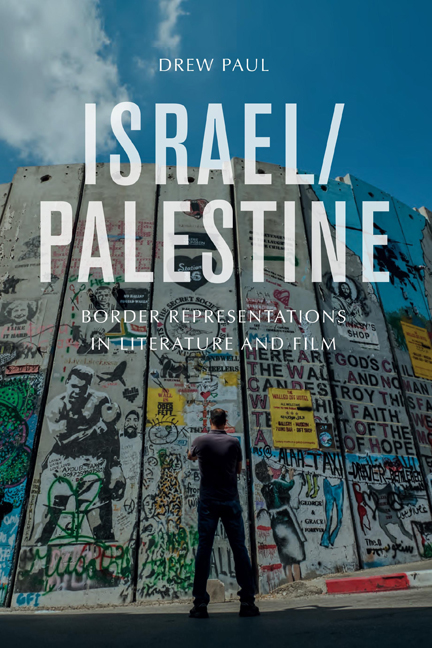2 - Return to the Border: Commitment, Utopia and the Inescapable Green Line
Published online by Cambridge University Press: 08 October 2020
Summary
Ibegin my study of recent proliferation of border spaces in Palestine and Israel, perhaps counterintuitively, with the opening of a border nearly fifty years ago. In 1967, Israel's conquest of the West Bank and Gaza Strip gave it control of the entirety of historic Palestine, which had previously been divided among Israeli, Jordanian and Egyptian control. The pre-1967 border that divided Israel and West Jerusalem from the West Bank and East Jerusalem, known as the ‘Green Line’, went from a closed national border to a porous internal border. It largely ceased to have an on-the-ground physical manifestation, although the construction of the wall partially followed the Green Line, albeit with significant diversions into Palestinian territory. After 1967, Israeli authorities, particularly in the formerly divided city of Jerusalem, moved quickly to erase the walls and fortifications that marked its location and to assert Israeli control over the entire territory. East Jerusalem was annexed into Israel, and Israeli settlement construction began to occur beyond the Green Line. It exists on international maps, but is often unmarked on both Israeli and Palestinian maps.
Yet the Green Line did not disappear completely, for it continued to manifest in some realms and for some people, but not others. In particular, it still remained as a legal limit to the movements of Palestinians in the West Bank and Gaza, who became subject to a military occupation and were at first allowed to enter Israel but not remain there. The causative relationship between the opening of this border and the emergence of the complex system of spatial constrictions (checkpoints, walls, settlements, roads) that are the subject of this book is fairly straightforward. The Israeli eff ort to maintain this dual status – an open border for Israelis that allows access to and settlement of the West Bank, and a closed border for West Bank Palestinians – led to both the Oslo Accords and the expanded network of internal borders that followed. It also continues to exist as a kind of phantom political border; it remains the internationally recognised border between Israel and the West Bank, and eff orts to negotiate a ‘two-state solution’ to the conflict almost always take the Green Line as the starting point for a potential national border between Israel and Palestine.
- Type
- Chapter
- Information
- Israel/PalestineBorder Representations in Literature and Film, pp. 45 - 76Publisher: Edinburgh University PressPrint publication year: 2020



